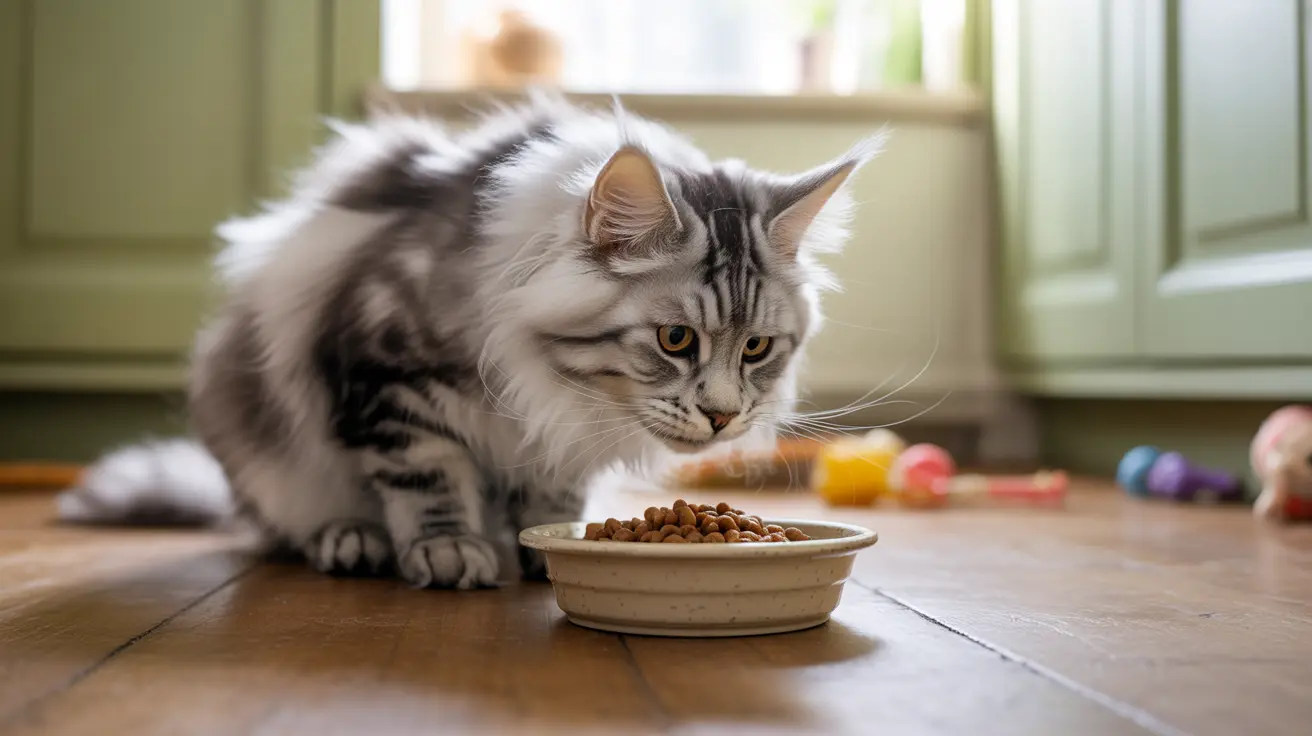Cat facial paralysis is a concerning neurological condition that affects the muscles responsible for your feline's facial expressions. When a cat develops facial paralysis, they may lose the ability to control movements on one or both sides of their face, leading to drooping features and potential difficulties with essential functions like eating and blinking.
This comprehensive guide will explore the causes, symptoms, and treatment options for facial paralysis in cats, helping you understand when to seek veterinary care and what to expect during the diagnosis and treatment process.
What Causes Facial Paralysis in Cats?
Several underlying conditions can lead to facial paralysis in cats:
Middle Ear Infections and Polyps
One of the most common causes is otitis media (middle ear infection) or nasopharyngeal polyps, especially in younger cats. These conditions can directly impact the facial nerve as it passes through the ear canal.
Trauma and Injury
Physical injuries from accidents, falls, or rough handling can damage the facial nerve, leading to sudden onset paralysis.
Neurological Conditions
Various neurological disorders, including tumors, inflammatory diseases, and viral infections like FIV or FeLV, may cause facial paralysis.
Recognizing the Signs of Facial Paralysis
Primary Symptoms
Key indicators of facial paralysis include:
- Drooping ear, lip, or eyelid on the affected side
- Difficulty blinking or closing the eye
- Drooling, especially from one side of the mouth
- Food or water falling from the mouth while eating
- Asymmetrical facial features
Secondary Complications
Without proper management, cats may develop:
- Corneal ulcers due to inability to blink
- Dehydration from drinking difficulties
- Weight loss from eating challenges
- Skin infections from constant drooling
Diagnosis and Treatment Approaches
Veterinary Evaluation
Your veterinarian will perform a thorough examination, including:
- Complete neurological assessment
- Ear examination
- Blood tests to rule out systemic conditions
- Imaging studies (CT or MRI) when necessary
Treatment Options
Treatment varies based on the underlying cause:
- Antibiotics for bacterial infections
- Surgical removal of polyps
- Anti-inflammatory medications
- Supportive care for idiopathic cases
- Eye lubricants to prevent corneal damage
Caring for a Cat with Facial Paralysis
Home care is crucial for managing facial paralysis:
- Regular eye lubrication
- Assisted feeding when necessary
- Soft, easy-to-eat food
- Regular cleaning of the affected side of the face
- Close monitoring for complications
Frequently Asked Questions
What are the common causes of facial paralysis in cats and how can I recognize the symptoms?
Common causes include ear infections, polyps, trauma, and neurological conditions. Symptoms include facial drooping, difficulty blinking, drooling, and problems with eating or drinking.
How is cat facial paralysis diagnosed by veterinarians and what tests are typically performed?
Diagnosis involves a neurological examination, ear inspection, blood tests, and possibly advanced imaging like CT or MRI scans to determine the underlying cause.
What treatment options are available for cats with facial paralysis depending on the underlying cause?
Treatment options range from antibiotics for infections, surgery for polyps, anti-inflammatory medications, and supportive care including eye lubricants and assisted feeding.
How can I help care for my cat at home if it has facial paralysis, especially to protect its eyes and assist with eating?
Provide regular eye lubrication, offer soft foods, assist with feeding if needed, and keep the affected side of the face clean. Monitor for any signs of corneal damage or eating difficulties.
Can facial paralysis in cats improve on its own, or does it usually require long-term medical management?
Recovery depends on the underlying cause. Some idiopathic cases may resolve spontaneously, while others require ongoing management. Early veterinary intervention typically leads to better outcomes.
Conclusion
While cat facial paralysis can be concerning, understanding the condition and seeking prompt veterinary care are crucial for optimal outcomes. With proper diagnosis and management, many cats can maintain a good quality of life despite facial paralysis. Regular monitoring and dedicated home care play vital roles in supporting recovery and preventing complications.






